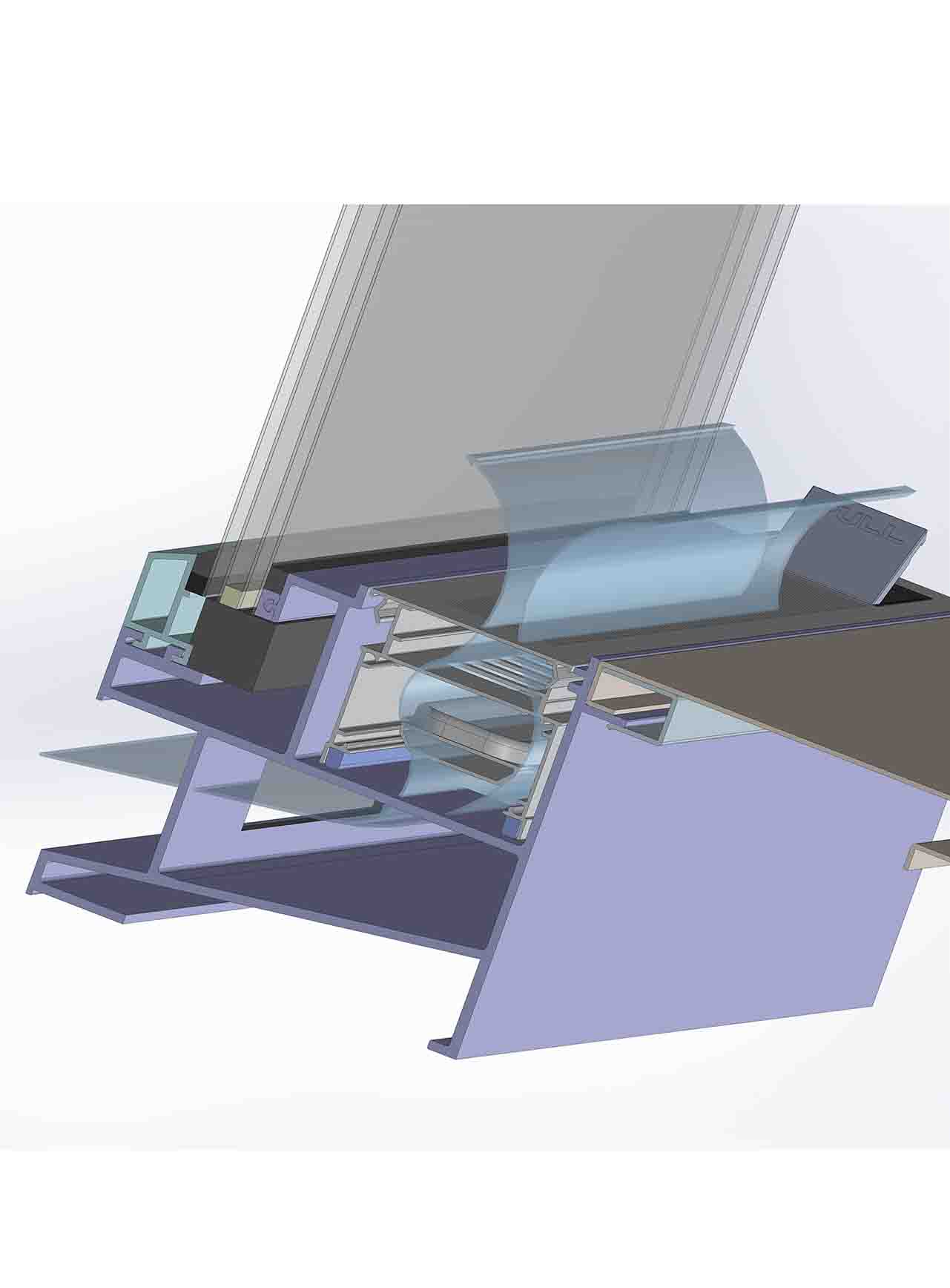Buildings are for people
Indoor Environmental Quality (IEQ)
With the focus on the environmental and economical sustainability of new buildings, it can be easy to forget that most buildings exist to provide a safe and comfortable environment for people to live and work in.
And it is not just the initial construction costs, operational and on-going maintenance expenses that need to be considered. Did you know that in a typical office building, the cost of the employees or “human capital” far outweighs that of the “building’s capital”?
By Lisa Wright
Marketing & Communications
Research from BOSTI shows that people costs were far greater than office costs, in a ratio of 13 to 1 for newly built offices.
Smart design, planning and management of the interior environment has substantial implications for organisations in economic terms, such as higher job satisfaction, higher employee productivity and team performance, plus lower staff turnover.
- Improved Indoor Air Quality
- Improved Thermal Comfort
- Improved Acoustic Comfort
- Occupancy Control
Just as there are benefits for an appropriately designed building, there are negative costs for a poorly designed one. The introduction of a natural ventilation system can not only reduce running costs and carbon emissions, but also improve many of the key elements of good IEQ.
Natural (Passive) Ventilation
Natural ventilation has become regarded by many architects as the socially responsible alternative to mechanical ventilation in todays’ green buildings.
Natural or passive ventilation is considered a low cost energy solution, whilst providing an optimum level of thermal comfort and a healthier indoor environment by the use of a sustainable, natural resource… air!
By controlling air movement through natural ventilation, many risks associated with a poorly maintained HVAC system on occupant health, such as upper and lower respiratory ailments, eye and skin irritations, headaches and fatigue can be alleviated.

In buildings with few or no operable windows, the inclusion of Proctor Ventient™ can improve the indoor air quality. With an effective filter, up to 68% of typical airborne dust can be collected. The reduction in harmful microbiologic exposure has both public health and economic benefits, with a decreased prevalence of sick building symptoms and the productivity of occupants.
The Proctor Ventient Solution
Proctor Ventient™ devices can be used as part of a natural or mixed mode ventilation approach to make use of outdoor/indoor pressure differentials to bring in natural, clean, fresh air.
Using state-of-the-art passive temperature perception technology, Proctor Ventient™ is an environmentally friendly technology that does not require the use of electric power or sensors. In utilizing the physical characteristics of a unique Shape Memory Alloy (SMA), Proctor Ventient™ can adjust the volume of ventilation levels depending on ambient temperature.
Proctor Ventient™ will usually work in automatic mode but most devices will also offer the ability for occupants to manually close the ventilation if required. The devices can also be easily accessed for maintenance and to clean or replace filters.
There have been many published studies which show that the human thermal sensation index in a natural ventilated environment is more receptive than that of a mechanically ventilated environment.


The Proctor Ventient™ Range
A wide range of devices are available for curtain walls, windows, walls, doors, floors, roof spaces and for basements and sub floors.
The Proctor Ventient™ range has devices that are ideally suited to any building from high rise commercial and residential buildings to detached homes. All buildings however big or small, still need to breathe.
Amongst the wide range of patented Proctor Ventient™ products is the Ventient™ SCW unit which can be used in curtain walls with minimal impact on the exterior or interior design finishes.
Applications
Unlike conventional systems such as operable windows or louvres, Proctor Ventient™ can be left to get on with the job of proving fresh air circulation with less worry about negative impacts on indoor environment quality resulting from airborne contaminants, noise,
high winds and rain ingress.
Natural ventilation to reduce the need for cooling in office buildings and providing fresh air for educational and healthcare facilities.
Providing ventilation for rooms or spaces that can remain unoccupied for periods throughout the year. Perfect for student accommodation and hotels.
When occupants return home in the evening or after a few days away, they don’t need to head straight for the air con control to get rid of warm humid and musty air. Ideal for residential buildings such as modern air tight medium and high rise developments.
Known as night purge, on summer nights, outdoor air can enter the building via Proctor Ventient™ devices to lower interior temperatures and cool thermal mass, consequently reducing the energy requirements for air conditioning systems the following day.
For more information on the Proctor Ventient™ system contact Proctor Group Australia on:
Sydney 02 8788 9555
Melbourne 03 9369 7920
Key benefits
- Maximises the benefits of natural ventilation
- No reliance on occupants to set and mange
- No electric power or sensors required
- Potential for reduced cooling loads
- Occupants can override to manually open or close
- Operates even when the space is not occupied
- Lower noise pollution than open windows
- Option for filters to reduce particle content of ventilation air
- No fear of intruders
- Works where operable windows cannot be used
- Child safety
- No need for fly screens
- Very simple installation
- Prevents possessions or documents from flying out the window or falling on passers by.
